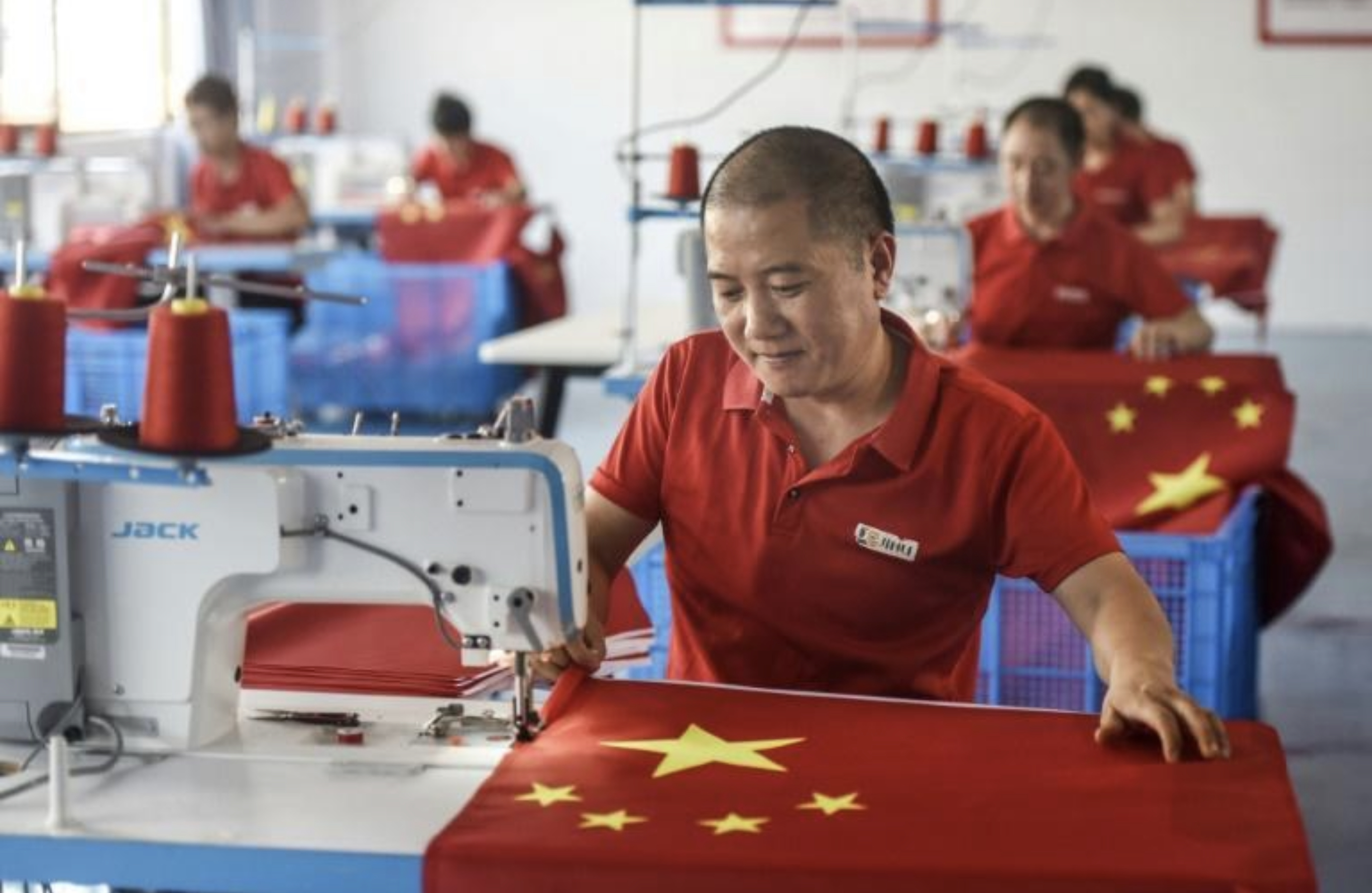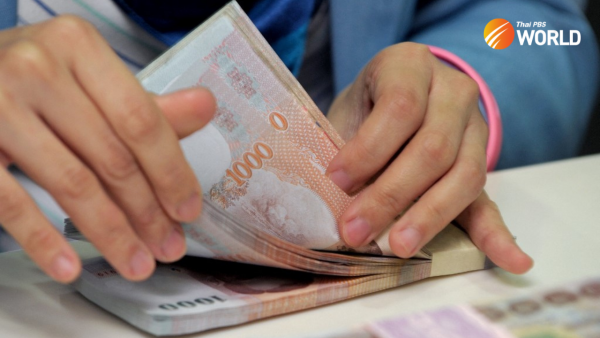China factory activity shrinks for first time since February 2020

(AFP) – Chinese factory activity contracted in September for the first time since the height of its initial coronavirus outbreak in February 2020, official data showed Thursday, as it faces waves of power outages and fears for the real estate sector.
The Purchasing Managers’ Index (PMI) — a key gauge of manufacturing activity in the world’s second-largest economy — slipped to 49.6 from 50.1 in August, the National Bureau of Statistics said.
Any figure below the 50-point mark represents contraction, while above it indicates growth.
It is the first time China’s PMI has contracted since Covid first began spreading around the country, forcing the government to impose lockdowns that led factories to shut and battered the world’s number two economy.
But now authorities are struggling to tackle an energy crunch caused by tight coal supplies and sky-high prices, leading to factory suspensions and power blackouts in at least 17 provinces in recent months.
The growing power crisis, exacerbated by local government restrictions on factories to cut energy use, has led some major banks to lower their annual growth forecast for China, while there are also concerns about the impact on supply chains for global firms such as Apple and Tesla.
NBS senior statistician Zhao Qinghe said the PMI fell below the threshold because of “the relatively low prosperity of energy-intensive industries”.
Julian Evans-Pritchard of Capital Economics warned: “Industry looks set for further weakness given that property construction is in the early stages of structural slowdown, power rationing may persist for some time and exports are likely to drop back as global consumption patterns normalise.”
The figure was slightly below the forecast of Bloomberg analysts, who expected a small rebound after successfully containing recent coronavirus outbreaks.
While China’s economy has largely bounced back from the initial blow of the pandemic, multiple outbreaks in the summer hit domestic tourism and manufacturing as fresh containment measures and lockdowns were introduced in swathes of the country.
As a result, China’s non-manufacturing PMI — which measures activity in construction and services — shrank in August for the first time since the pandemic began, but rebounded back to growth in September.
Default fears around Chinese real estate giant Evergrande — bogged down in a $300 billion debt quagmire — have also hit consumer confidence, as the government tries to stop financial risk from spilling over into the rest of the property sector.
Zhiwei Zhang, chief economist at Pinpoint Asset Management, said the weak PMI would serve as an “alarm” for the government.
“Economic growth in Q4 will likely slow further without a change of government policies, and the pace of slowdown may pick up,” he said.






